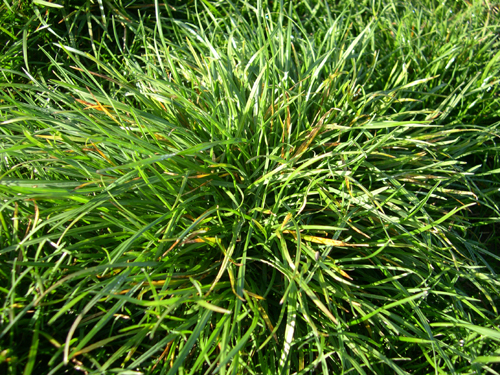The study presents the findings of research into the effect of the variability of site conditions on their floristic composition providinga basis for the identification of lower phytosociological units. Patches of Arrhenatheretum elatioris described with the assistance ofphytosociological surveys conducted using the Braun-Blanquet method were subjected to multi-criteria evaluation. On their basis, thefollowing parameters were determined: ecological and botanical structure, geographic-historical distribution, the structure of the lifegroupsof the floristic types identified, as well as natural values by the Oświt method and sward fodder value according to Filipek. In orderto determine the causes of the floristic variability observed, the following soil conditions were assessed: moisture content, soil reactionand nitrogen content by Ellenberg’s indicator method, as well as potassium, magnesium and phosphorus content by the appropriatelaboratory methods. Typical forms of Arrhenatheretum elatioris phytocenoses were found to develop on mucky soils in moderately moistsites. Patches of ryegrass occurring in sites with a periodically higher moisture content on organic soils refer to the Alopecuretum pratensisassociation. On the other hand, the sward of ryegrass meadows developed on dryer, mineral soils was characterised by increased numbersof species characteristic for xerothermic swards from the Festuco-Brometea class and sandy plant communities from the Koelerio glauca-Corynephoretea canescentis. More intensive utilization, primarily-fertilisation, was among the causes of the development of species-poorphytocenoses of low natural value but sward of a good fodder value.
Full text here
Full text here

